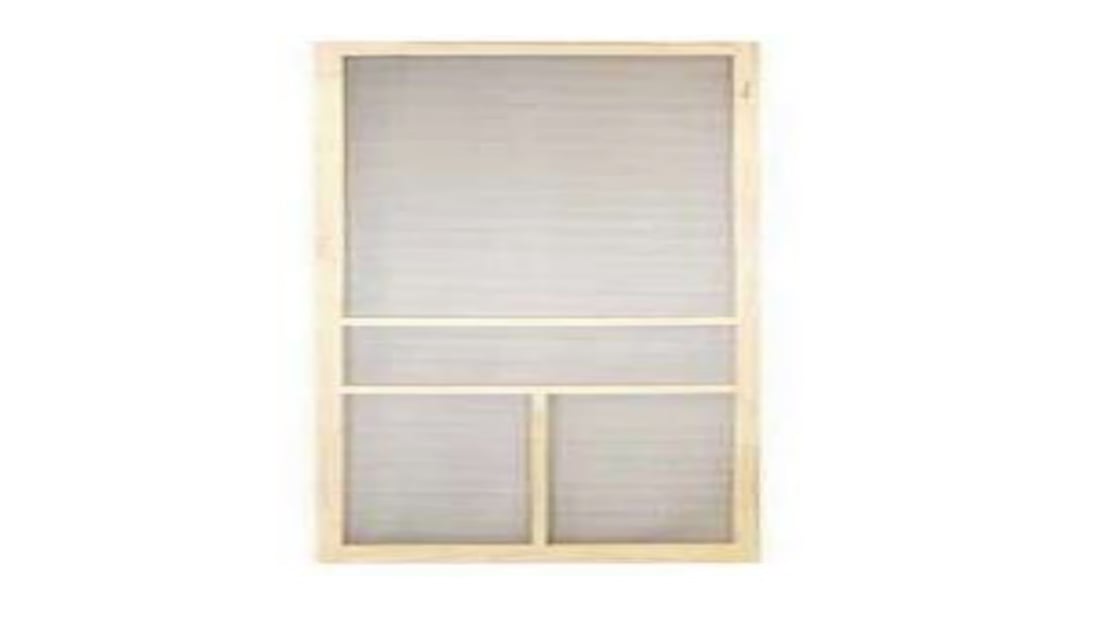Importance of Integrating Style and Structural Integrity
When it comes to design, integrating style and structural integrity is crucial for creating a visually appealing and durable outcome. Style refers to the aesthetics and overall look of a design, while structural integrity focuses on the strength and stability of the construction. By combining these two aspects, designers can achieve a balanced and harmonious result that not only looks good but also functions well.
Challenges in Achieving Integration
One of the main challenges in integrating style and structural integrity is finding a balance between the two. Oftentimes, designers may prioritize style over structural considerations, resulting in weak or unstable designs. On the other hand, focusing too much on structural integrity may lead to designs that lack visual appeal. Finding the right balance is essential to creating successful and sustainable designs.
Innovative Materials and Techniques
Advancements in technology have led to the development of innovative materials and construction techniques that make it easier to integrate style and structural integrity. Materials such as carbon fiber, composite panels, and reinforced concrete allow for both strength and flexibility in design. Additionally, techniques such as parametric modeling and 3D printing enable designers to create complex structures with precision and efficiency.
Sustainability and Integration
Incorporating sustainability principles into the design process is another important aspect of integrating style and structural integrity. Sustainable design practices not only consider the environmental impact of materials and construction methods but also address long-term durability and maintenance. By prioritizing sustainability, designers can create structures that are both visually striking and environmentally friendly.
Adapting to Different Architectural Styles
Different architectural styles may require different approaches to integrating style and structural integrity. For example, modernist designs often emphasize clean lines and minimalistic aesthetics, while traditional designs may focus on ornate details and historical references. By understanding the specific requirements of each style, designers can tailor their approach to achieve the desired integration.
Collaboration Between Designers and Engineers
Effective collaboration between designers and structural engineers is essential for integrating style and structural integrity. Designers bring their creative vision and aesthetic sensibilities to the table, while engineers provide technical expertise and knowledge of building codes and regulations. By working together closely, both parties can ensure that the design meets both aesthetic and structural requirements.
Case Studies in Integrated Design
Examining case studies of successful integrated design projects can provide valuable insights into the process of combining style and structural integrity. Projects such as the Sydney Opera House and the Burj Khalifa showcase how innovative design solutions can merge form and function seamlessly. By studying these examples, designers can learn from past successes and apply similar strategies to their own projects.
Future Trends in Integrated Design
As technology continues to evolve, the future of integrated design looks promising. From parametric design software to sustainable building techniques, designers have more tools at their disposal than ever before. Future trends may include the use of artificial intelligence in design optimization, as well as the exploration of new materials and fabrication methods.

